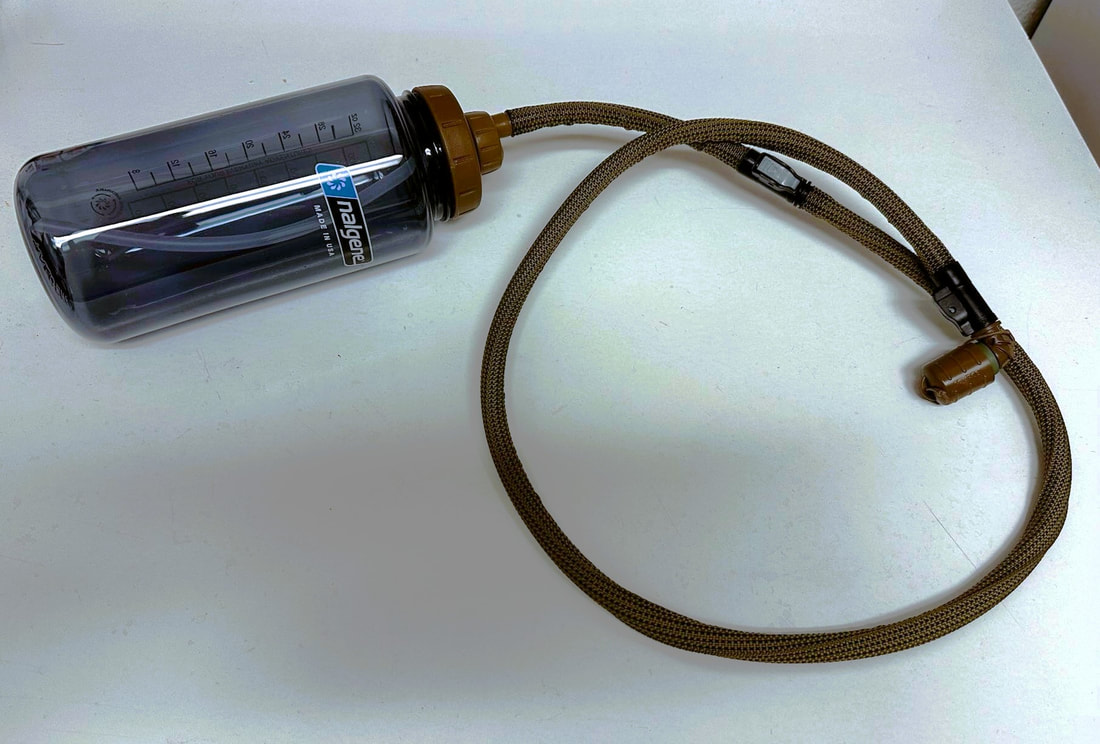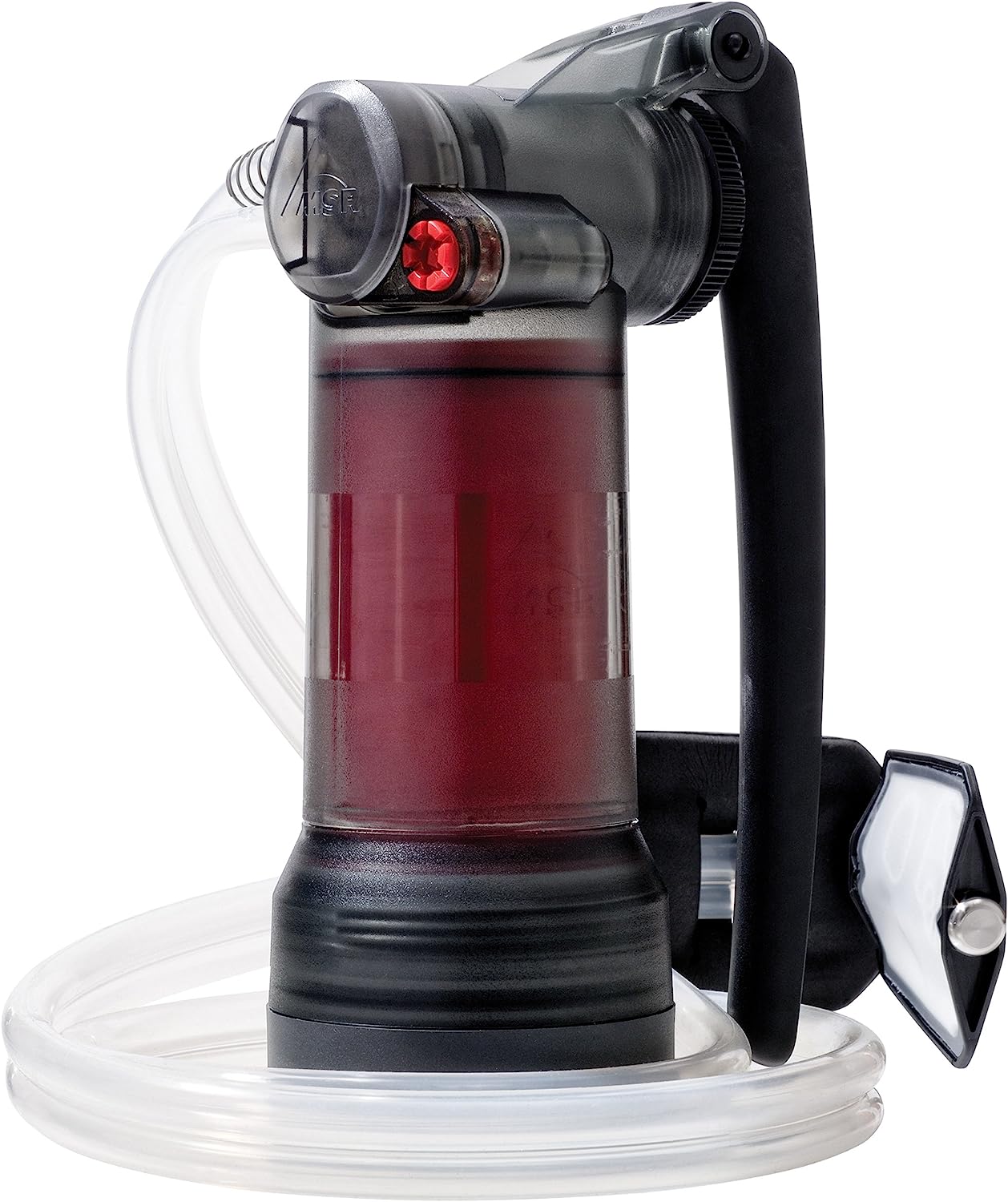|
Note: this an excerpt from my non-fiction book Rural Home Defense: A cop's guide to protecting your rural home or property during riots, civil war, or SHTF, available on Amazon. Defense posture 1: elevated threat
Description: Police are spread thin, but “the system” is still functioning. Unrest is generally confined to urban areas. Threat: There is an elevated chance of theft or violent crime in your area beyond the normal baseline. Urban deprivation of rural areas is still unusual. Criminal status: Displaced urban criminally inclined persons may have relocated to your area and brought their existing behavior with them. Watch status: All interested parties should be discussing defensive group and RRF/QRF formation. Guard status: Be more alert to what’s going on around your home, any persons/vehicles arriving, and incidents in your area. Barricade status: No road modifications. Weapons: Rifles not necessary but extra magazines, larger handguns, and trauma kits should be carried regularly. Rules of engagement: Normal rule of law. Defense posture 2: low threat Description: Urban areas are in chaos and there is some refugee outflow. Shortages/famine may be placing pressure on rural supply chains leading to criminal opportunism. Local police may be sent to cities on mutual aid and rural responses degraded. Threat: Low to medium chance of theft, home invasion, or robbery. Businesses are at greater risk for robbery, theft, or looting as local and urban desperation increases. Criminal status: Desperation drives much theft and bolder criminals are looking to commit mainly opportunistic crimes in less-well prepared rural areas that have fewer police. Watch status: Intelligence on outsiders, suspicious activity, and crimes should be shared, investigated, and analyzed by defenders. All suspicious activity should be reported to police. Guard status: As above, but neighbors may want to check on each other, patrol discreetly, and check vulnerable local businesses. Barricade status: No road modifications. Weapons: As above. Rules of engagement: Normal rule of law. Defensive posture 3: medium threat Description: Domestic order and the economy are collapsing; urban areas are experiencing serious unrest and violence, often without police intervention (i.e. Hurricane Katrina New Orleans but everywhere). Rural areas are facing pressure from urban refugees who are depredating local residents and businesses out of desperation. Criminal attacks are now widespread opportunism with occasional intentional, organized raids. Threat: Theft is common but actual violence less so. Certain areas may be experiencing a higher threat but random incidents can be expected anywhere. Criminal status: Crimes are very common as police are overtaxed and this is being exploited by criminals. Most crimes are borne from desperation and are unsophisticated but organized crime may be involved with thefts. Home invasion type raids are not widespread but not rare any longer. Watch status: As above. Guard status: As above with greater coverage, geographically and around the clock, and with greater vigilance. Barricade status: As above. Driveways and gates should be closed when not in use. Weapons: Long guns in the home are readily accessible and it may be prudent to travel with them in a vehicle. Rules of engagement: Standard justifiable homicide but more individual/group challenges of wrongdoers. Defensive posture 3.5: high threat, non-WROL Description: As above, but worse, and police can really only make arrests after the fact. Threat: Urban areas are near-warzones, refugee pressure is high, and rural criminal activity is high. Criminal status: Professional criminals, gangs, cartels, and organized predatory groups are attacking easy targets. Unsophisticated criminals are engaging in opportunistic violence or theft freely. Watch status: Common radio frequencies that coordinated criminal groups may be using are monitored. Someone at home is always on watch. Homeowners should ensure that no one enters their yard uninvited or unverified. Guard status: Patrols monitor the neighborhood and surrounding areas as above. Defensive groups and the RRF/QRF exist and are ready for call-outs. Barricade status: As above. Weapons carry: All adults carry weapons at home; pistols holsters and long guns at hand. Rifles and tactical gear are brought when traveling. Rules of engagement: Standard justifiable homicide but with freer use of less-lethal weapons to discourage attack or deescalate a situation before it turns violent. Offensive: A hard target is presented as a deterrent. Shelter in place: Anyone leaving the home should travel in a well-armed group only when necessary (shopping, medical, church, etc.). Children should play within fenced yards under adult supervision. If you don’t need to go out, don’t. Do not travel far from home or leave the home unattended. Defensive posture 4: high threat, WROL Description: Police and government have collapsed and a restoration of order will not occur in the near future. Prosecution for crimes is unlikely and criminality is rampant. The situation is “survival of the fittest.” Threat: Rural areas are experiencing theft, robbery, and looting generally. Elevated risk of home invasions, carjackings, and robberies in public. Genocide and warfare may be a risk. Criminal status: Professional criminals, gangs, cartels, and organized predatory groups are attacking even hard targets. Regular persons who are otherwise law-abiding are preying on others to survive. Watch status: Someone is always on watch, awake and alert. Patrols monitor the immediate vicinity and the wider area. Homeowners should ensure that no one enters their yard to steal food or enter homes. Intelligence is regularly shared and collected. Guard status: As above, but the defensive force and RRF/QRF are on their highest alert (other than standing by for an incident in progress). Any unexpected visitation or human activity is scrutinized. Barricade status: Residential roadways may be barricaded or have speed obstacles installed. Community-level decisions may be made to close certain strategic roadways or guard them. Weapons carry: As above. Tactical gear and long-guns are carried on patrol, guard duty, or watch. Outside the “wire,” everyone moves in a heavily armed group or as “gray” men with discreet backup and long guns. Rules of engagement: Preemptive force (lethal or otherwise) is used as is morally and ethically justified. Actual or highly suspected threats are engaged with lethal force immediately. Defensive: All defenses are deployed in full and defensive plans are implemented (actually in-action). Offensive: A hard target is presented as a deterrent. Very little leeway is given to actual or suspected threats. Preemptive engagement of future threats may be reasonable. Doing what is necessary to survive is done. Shelter in place: As above. All non-essential activities cease. During heightened threats: consolidation to one or a few specially hardened homes may be warranted; and no one should be leaving home except in large, well-armed groups, and only when absolutely necessary. Non-combatants are briefed on evacuation criteria and routes. Comments are closed.
|
Author Don ShiftDon Shift is a veteran of the Ventura County Sheriff's Office and avid fan of post-apocalyptic literature and film who has pushed a black and white for a mile or two. He is a student of disasters, history, and current events. Archives
May 2024
Categories
All
As an Amazon Associate I earn from qualifying purchases.
|

 RSS Feed
RSS Feed






